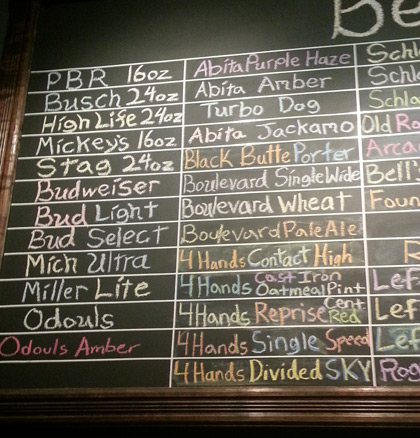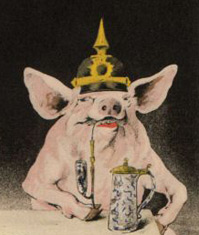Sorry. The conversation about what is craft beer just won’t go away, and Blue Moon Belgian White often ends up in there somewhere.
But, dang it, Dave Bailey (HardKnott Dave) proves there is still something new to be said when he asks “Is Blue Moon craft?” He walks us through a definition, examining if and how Blue Moon meets particular criteria.
A couple of weeks ago a brewer who used to work for a very large brewing company and now has started a very small one said, “Blue Moon might be the most important craft beer there’s been.” Read “Is Blue Moon craft?” and you’ll understand why.
In the half dozen years since I asked “Blue Moon: Peter, Paul & Mary or Trini Lopez?” craft beer sales have just about doubled (as have Blue Moon sales, in case you don’t consider them one in the same). I’m not sure how many million new drinkers that translates to, but a lot. Dave recognizes they’ve come for something new and leads us to a conclusion that’s been drawn before, but not as succinctly.
Of course, like many things that are new, it will one day be old. It might gain big market saturation. But then, many brands that we now might consider craft will in turn suffer this once they gain widespread acceptance.
This last point is important. The criteria create a sector which by definition must remain dynamic. Reinvention and a need to innovate and react is essential. A point that is not made explicit, but is inextricably implicit.
I’m a fan of reinvention and innovation. But given that I was once new, that now that I am old, and also that I like beers that are no longer new, I’m not sure I find this last thought all that cheery.

 Joe Stange tackles the how many are too many breweries question in the latest issue of
Joe Stange tackles the how many are too many breweries question in the latest issue of